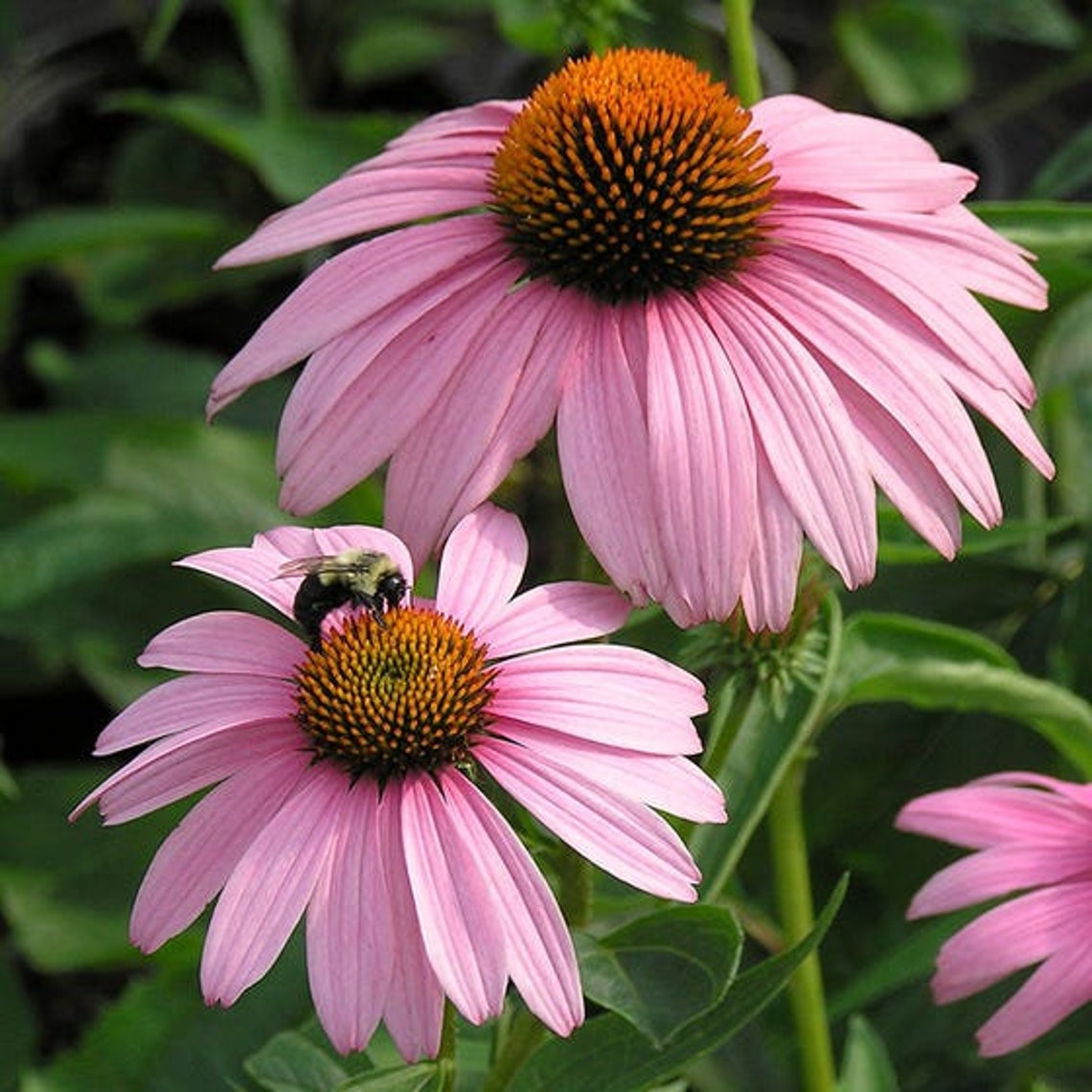
ProblemsLeaf miners, powdery mildew, bacterial spots, and gray mold. FIRST IMPRESSIONS: Echinacea purpurea Magnus is a sturdy perennial with bold. Take root cuttings from autumn to early winter. Divide clumps in spring every 3 to 4 years. This popular cultivar thrives in most sunny sites due to its strong stems and deep roots.
#Echinacea magnus purple coneflower full
Noteworthy CharacteristicsAttracts butterflies, bees, and birds in winter if cones are left on plant.ĬareGrow in deep, well-drained soil in full sun. It is tolerant of drought, heat, humidity, and poor soils. Cut back stems to promote more flowering and reduce excessive self-seeding. Echinacea purpurea 'Magnus' Purple coneflower Native to North America (cultivar) CHECK AVAILABILITY FIRST IMPRESSIONS: Echinacea purpurea ‘Magnus’ is a sturdy perennial with bold flowers. Its prominent, dark orange central cones are surrounded by larger (to 7 inches across) and more horizontal, reddish-pink, ray petals than the species. The plants blossom throughout summer and grow as perennials in U.S. But also up to nine naturally occuring echinacea can be found in purple shades or yellow ( E. As indicated by its name, this purple coneflower has long light purple rays that droop down its center cone.

‘Magnus’ purple coneflower has vibrant, daisy-like flowers that bloom from midsummer into early autumn. Echinacea purpurea, also known as purple coneflower, has pink flowers and a large, orange-brown cone in the centre. Purple coneflowers (Echinacea purpurea) produce daisy-shaped purple flowers with a large central cone. purpurea) is most common and readily available.


 0 kommentar(er)
0 kommentar(er)
